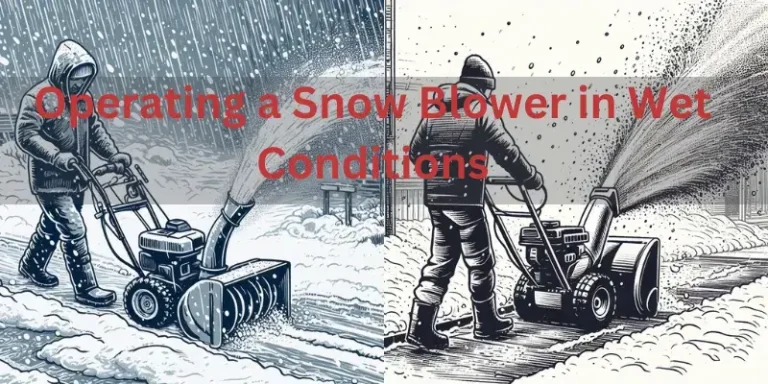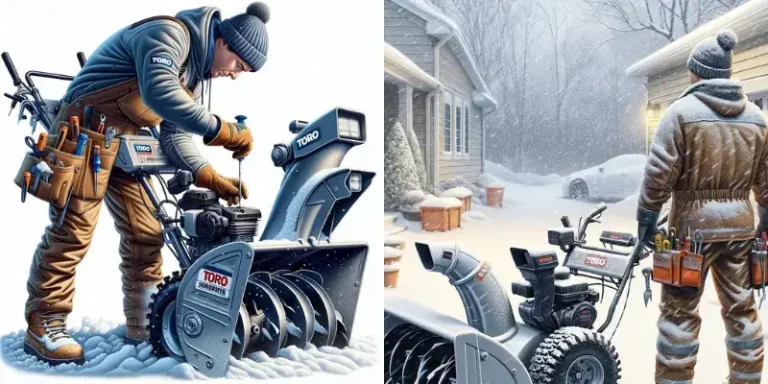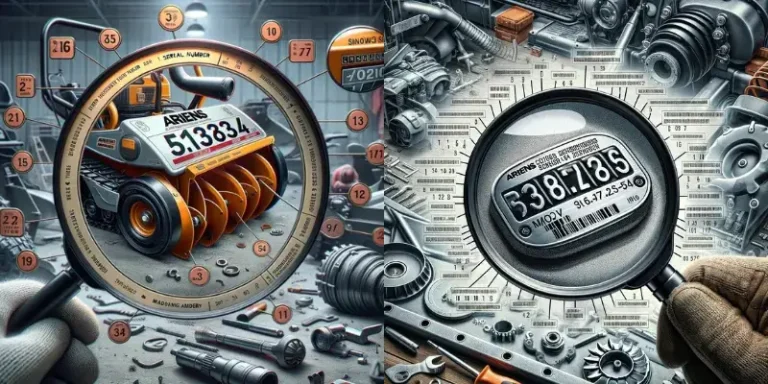How Long Do Snow Blowers Last? Best Tips
Snow blowers are essential tools for many homeowners, especially those living in regions with harsh winter conditions. They efficiently clear driveways and walkways of snow, saving time and effort compared to manual shoveling. However, like any machine, snow blowers have a finite lifespan.
Many of us know about “How Long Do Snow Blowers Last?” The answer to the question depends upon many factors. However, a simple answer is:
If you are doing maintenance on time and you have a well reputed company snow blower model, it will surely survive for decades. Research shows that two or three-stage snow blowers last for 15 to 20 years.
Factors Influencing Snow Blower Lifespan:
Several factors contribute to the lifespan of a snow blower. Understanding these factors can help users make informed decisions when purchasing and maintaining their machines.
Build Quality:
In the first step, The construction and quality of materials used in a snow blower significantly impact its lifespan. Machines made with durable materials tend to withstand wear and tear better than those with cheaper components.
Frequency of Use:
The more frequently a snow blower is used, the faster it will experience wear and tear. Regular, heavy use may lead to quicker deterioration of key components, such as the engine, auger, and belts.
Maintenance Practices:
Proper maintenance is important for ensuring the lifespan of any machine. Regular oil changes, lubrication of moving parts, and cleaning can significantly extend the lifespan of a snow blower.
Storage Conditions:
Storing a snow blower properly during the offseason is essential. Exposure to the elements, especially moisture, can lead to rust and corrosion, shortening the machine’s lifespan.
Type of Snow:
The type of snow a snow blower is used on can impact its life. Wet, heavy snow puts more strain on the machine than light, fluffy snow. Two-stage snow blowers are generally better equipped to handle heavy snow conditions.
Brand and Model:
The reputation of the brand and the specific model of the snow blower can also influence its lifespan. Reputable brands often produce machines with better engineering and higher-quality components.
Average Lifespan of Snow Blowers:
The average lifespan of a snow blower can vary widely based on the factors mentioned above. Generally, a well-maintained and high-quality snow blower can last anywhere from 7 to 15 years. However, this is a rough estimate, and individual experiences may vary.
Extending the Lifespan of Your Snow Blower:
Regular Maintenance:
Follow the manufacturer’s recommended maintenance schedule, including oil changes, lubrication, and cleaning. This can prevent premature wear and extend the life of critical components.
Proper Storage:
Store your snow blower in a dry, covered area during the offseason. If possible, use a cover to protect it from dust and moisture. Proper storage can prevent rust and corrosion.
Choose the Right Machine:
Select a snow blower that suits your needs. Using a single-stage blower for heavy snow conditions or a two-stage blower for light snow may result in unnecessary strain on the machine.
Read the User Manual:
Familiarize yourself with the user manual for your specific snow blower. It contains valuable information on operation, maintenance, and troubleshooting.
Signs Your Snow Blower May Need Replacement:
Even with proper care, there will come a time when a snow blower reaches the end of its useful life. Here are some signs that your snow blower may need replacement:
Persistent Mechanical Issues:
If your snow blower frequently experiences mechanical problems despite regular maintenance, it may be a sign that the machine is reaching the end of its lifespan.
Excessive Rust or Corrosion:
Rust and corrosion can compromise the structural integrity of the snow blower. If these issues are widespread and cannot be adequately addressed, it may be time to consider a replacement.
Lack of Replacement Parts:
Difficulty in finding replacement parts for your snow blower can be a significant indicator that the machine is outdated, and it might be more cost-effective to invest in a new one.
Reduced Performance:
If your snow blower struggles to clear snow effectively or doesn’t throw snow as far as it used to, it may be a sign that the engine or other critical components are no longer functioning optimally.
Conclusion:
The life of a snow blower depends on various factors, including build quality, maintenance practices, and usage patterns. By choosing a high-quality machine, adhering to a regular maintenance schedule, and using it appropriately, you can maximize the lifespan of your snow blower. Eventually, signs of wear and reduced performance will indicate when it’s time to consider a replacement. With proper care, a snow blower can be a reliable companion during the winter months for many years.

About Naveed A Hashmi
In my childhood, I used to see my parents while working in the land, for these reasons today I have been serving the same as our own tradition and culture. I thus love to stay in it, because I want to learn something advanced and new so that I may improve my farm’s contour and help others with my experience.







